Perfect Guide to Printing Logo Designs on Hats

Source: James Engerbretson WP Patch Hats, Dribbble, https://dribbble.com/shots/4677999-WP-Patch-Hats
Printing a logo on hats is an excellent way to enhance brand visibility and create a cohesive look for your business or personal project. Whether for promotional events, corporate attire, or personal style, hats with a custom logo serve as a walking billboard. This guide will walk you through essential considerations to ensure your logo makes the optimal impact when transferred onto various types of hats.
With advancements in printing technology and the availability of diverse materials, customizing hats has never been more accessible. Whether you're a small business owner, a marketing professional, or a designer, understanding these fundamentals will help you make informed decisions for effective hat customization.
Understand Fabric Compatibility
When printing logo designs on hats, choosing the right fabric is paramount. Different materials react differently to various printing techniques, affecting the final appearance and durability of your design. Cotton, a highly popular choice, is known for its compatibility with almost all printing methods, including screen printing and digital direct-to-garment printing. Its natural fibers absorb ink well, resulting in vibrant and long-lasting prints.
For synthetic fabrics like polyester, special attention is needed due to their heat sensitivity and tendency to repel water-based inks. Techniques such as sublimation printing are often used for these materials, embedding the ink into the fabric for a smooth finish that does not crack or fade. This method is particularly effective for hats intended for outdoor use or sports activities, as it provides excellent resistance to environmental elements.
Wool hats, on the other hand, are best suited for embroidery rather than traditional printing methods. The thickness and texture of wool provide a robust foundation for embroidered logos, which adds a premium touch to the hat while ensuring the design remains intact through wear and weather.
Understanding the nuances of each fabric type helps in selecting the most effective printing technique that will deliver quality results. Always consider the end use of the hat, as this will guide you in choosing a fabric that aligns with the functionality and aesthetic requirements of your project.
Understand the Hat Structure
When designing logo prints for hats, it's essential to understand the structure of the hat to ensure optimal placement and visibility of your design. Hats come in various shapes and styles, each offering different opportunities and challenges for logo placement.
Baseball caps, with their structured front and prominent bill, provide a flat and stable surface ideal for larger logos. This area allows for clear visibility when the hat is worn, making it a popular choice for brand logos and promotional items.
Beanies and bucket hats, however, offer a more rounded and less structured surface, which can affect how a logo appears when printed. For these types of hats, consider adjusting the size or layout of the logo to accommodate the curve and ensure that the design does not become distorted.
Understanding panel construction is also crucial, especially for caps with multiple front panels. Seams can interfere with logo designs, so it might be necessary to modify the logo’s dimensions or split the design strategically to maintain its integrity.
Additionally, take into account any existing embellishments or closures, such as snaps and straps, as these can impact where the logo can be placed without affecting the hat's functionality or comfort.
Select the Appropriate Printing Technique
Choosing the right printing technique for logo designs on hats is crucial for achieving the desired quality and durability. Screen printing, one of the most common methods, offers vibrant, durable results and is cost-effective for large batches. This technique applies ink through a stencil onto the hat, making it ideal for designs that require a high level of vibrancy and color depth.
Digital direct-to-garment (DTG) printing is another popular choice, especially suitable for complex designs with multiple colors. DTG works like a computer printer, directly applying the ink to the fabric, which allows for high-detail imagery on lighter-colored hats. However, it may not be as durable as other methods for heavy-use items.
For a more refined look, embroidery is the top choice. It doesn't just print but sews the design into the hat, offering a three-dimensional appearance and exceptional durability. Embroidery is perfect for professional or high-end promotional hats but can be more costly and time-consuming than other printing methods.
Another innovative technique is sublimation printing, ideal for synthetic materials. It uses heat to transfer dye onto the fabric, creating vibrant, full-color images with a seamless finish. This method is particularly effective for custom designs that cover a large area of the hat.
Each printing technique has its specific advantages and suitability, depending on the design complexity, color requirements, fabric type, and intended use of the hat. Understanding these options will help you select the best method to bring your logo designs to life effectively and efficiently.

Source: Zachary Wieland, Hats, Dribbble, https://dribbble.com/shots/7172845-Hats
Consider the Hat's Color
The color of the hat plays a critical role in the visibility and impact of your printed logo design. Choosing the right hat color can significantly enhance the effectiveness of the promotional message or brand identity you are aiming to convey. When selecting a hat color, consider the colors used in your logo to ensure there is sufficient contrast. For example, a dark logo on a light hat can make the design stand out more prominently than if the same logo were on a dark-colored hat.
Additionally, think about the psychological impact of color. Different colors evoke different feelings and associations. For instance, a black hat can convey sophistication and luxury, while a white or pastel hat might be more suitable for casual or summer-themed promotions.
It's also important to consider the practical aspects of color selection. Lighter colors might not be suitable for environments where dirt or stains are a concern, whereas darker colors can be more forgiving. Furthermore, the color of the hat should complement the overall color scheme of the clothing or uniforms with which they will be worn.
Ultimately, the choice of hat color should align with your brand’s identity and the message you wish to convey, ensuring that the logo is both distinct and harmonious with the background color. This strategic choice can greatly influence the perceived value of the branded merchandise.
Adjust Logo Size and Placement
The size and placement of your logo on a hat are crucial for visibility and aesthetic appeal. A logo that is too small may not be easily noticeable, which defeats the purpose of using promotional hats as a marketing tool. Conversely, a logo that is too large may overwhelm the hat and look unappealing.
To find the perfect balance, consider the style of the hat and the space available for branding. For instance, baseball caps offer a relatively large front area that is ideal for prominent logos, while beanies might better suit smaller, subtler logos due to their stretchable fabric and typical wear style.
The placement of the logo should also be strategically considered. The most common location for a logo is the front center of the hat, which provides maximum visibility to onlookers. However, logos can also be effectively placed on the side or back for a more understated or trendy look.
When adjusting the logo size, keep in mind the intricacies of the design. More detailed logos might require a larger print area to ensure all elements are clear and visible. It’s also essential to maintain a proportional relationship between the logo size and the hat dimensions to create a visually pleasing and balanced look.
Ensure that these adjustments are made in consultation with your printing provider, who can offer insights based on experience with various materials and hat styles. This collaboration will help achieve a result that is both functional and aesthetically pleasing, enhancing your brand’s presence.
Set Realistic Color Expectations
Setting realistic color expectations is essential when printing logo designs on hats, as the transition from digital design to print can often result in color variations. Different materials absorb and reflect inks differently, which can alter the appearance of your logo once printed.
Understand that the colors seen on computer or device screens are generated by light and can appear brighter and more vibrant than those achievable with inks on fabrics. Screen colors are in RGB, while print works in CMYK, which can sometimes limit the color range. It's beneficial to consult a Pantone color chart as it offers a more accurate representation of how colors will look when printed.
Be prepared for slight variations when printing on colored hats, especially dark colors. The underlying hat color can influence the appearance of ink colors, requiring adjustments such as the addition of a white underbase layer to ensure the true colors of your logo stand out.
Communicate with your printer about the types of inks used and their compatibility with different hat materials. Some inks are better suited for certain fabrics, and choosing the right type can significantly affect the fidelity of the color reproduction.
Finally, consider ordering a color proof or a pre-production sample, especially if the color accuracy is critical for your brand identity. This step might add to the cost and production time but can save you from potential disappointments and additional costs from reprints.
Use High-Quality Inks
Using high-quality inks is essential for printing logo designs on hats to ensure that the finished product is both visually striking and durable. High-quality inks provide better color saturation and are less likely to fade or crack over time, which is particularly important for items that will be subjected to frequent use and washing.
There are several types of inks to consider, depending on the material of the hat and the desired effect. Plastisol inks are popular for their vibrancy and durability on cotton and blended fabrics. For more environmentally conscious options, water-based inks offer a softer finish and less environmental impact, though they may not be as vivid on darker materials.
For synthetic fabrics, such as polyester, UV-cured inks can be effective as they dry instantly under UV light and provide excellent resistance to fading. These inks are ideal for sports hats or other high-exposure items where longevity and color stability are critical.
Investing in high-quality inks not only enhances the aesthetic appeal of your hats but also communicates a commitment to quality that can reflect positively on your brand. Moreover, it reduces the need for frequent replacements, offering better value over time. Always consult with your printer to choose the best ink options tailored to your specific needs and the characteristics of your chosen hat materials.

Source: Van Berkemeyer, Hats - 2019, Dribbble, https://dribbble.com/shots/9518694-Hats-2019
Prepare Your Design Properly
Preparing your logo design properly before printing is crucial for achieving high-quality results on hats. The first step is to ensure that your logo is in a vector format. Vector graphics are scalable without loss of resolution, which means they can be adjusted to fit different hat sizes and shapes without deteriorating in quality.
Ensure that your design is simplified to enhance its visibility and impact when printed on a small surface like a hat. Complex designs with small details may not translate well to smaller scales, particularly on textured fabrics like knits or piqué. Simplifying the design to a few solid colors and larger, bolder lines can help maintain its integrity and visibility.
Color separation is another essential preparation step, especially for screen printing. Each color should be separated and optimized for printing to ensure clarity and precision in the final product. This involves adjusting the color tones to account for the fabric's color and texture, which can significantly affect the appearance of the final colors.
Lastly, discuss with your printing service provider about the limitations and capabilities of their equipment. They can offer valuable advice on adjustments needed to optimize your design for their specific printing processes, ensuring the best possible outcome. Proper preparation not only enhances the visual appeal of your logo on hats but also streamlines the printing process, reducing the likelihood of errors and reprints.
Test Print Your Design
Before finalizing a bulk order of printed hats, conducting a test print of your logo design is a crucial step. This allows you to evaluate how the design translates from digital format to a physical product on the specific fabric of the hat. A test print helps identify any necessary adjustments in color, size, or placement, which can be crucial for achieving the desired outcome.
Start by printing your logo on a material similar to the hat’s fabric. This helps in assessing how the inks interact with the fabric, how the colors appear, and whether any details are lost or distorted. It’s particularly important when using complex designs or working with light-colored logos on dark fabrics, where underbase layers of ink might be necessary.
Review the test print in different lighting conditions to ensure the colors remain consistent and that the logo is clearly visible from a distance. This step can reveal issues with ink density or color accuracy that might not be apparent on a digital screen.
Discuss the results with your printing provider to make any necessary modifications. Adjustments might include tweaking the ink formula, changing the screen mesh size for screen printing, or altering the heat settings for digital prints.
Performing a test print not only ensures the quality of your final product but also minimizes the risk of costly errors and reprints. It's an investment into the overall success of your branding or promotional campaign.
Test for Wash and Wear Durability
Testing for wash and wear durability is a critical step in the production of logo-printed hats, ensuring that the logo remains intact and vibrant over time. This testing is particularly important for items that will frequently be exposed to outdoor elements or require regular laundering.
Begin by selecting the appropriate ink and printing method based on the hat's fabric. Some inks are specifically formulated to be more resistant to fading, cracking, or peeling and are better suited for items that will undergo frequent washing.
Once the hat is printed, conduct accelerated wear and wash tests to simulate extended use and laundering conditions. This can include multiple wash cycles at different temperatures and using various detergents. It’s important to examine the hat after each cycle for any signs of wear, such as fading, discoloration, or degradation of the logo.
For hats intended for outdoor use, consider additional testing for UV resistance to ensure that the colors do not fade significantly when exposed to sunlight.
Feedback from these tests may necessitate adjustments to the printing process, such as changing the type of ink used, adjusting the heat settings during the curing process, or even altering the overall design of the logo.
Ensuring the durability of your logo on hats not only extends the life of the product but also reinforces the quality and reliability of your brand. By conducting thorough durability testing, you can guarantee that your logo-printed hats will maintain their intended appearance through wear and care.
Conclusion
Successfully printing logo designs on hats requires attention to detail, understanding of materials, and careful planning. By selecting the right fabric, adjusting the logo for optimal visibility, and using high-quality inks, you can create hats that not only look great but also stand the test of time. Remember to test print your design and assess the wash and wear durability to ensure the final product meets your standards. With these considerations in mind, you can confidently produce customized hats that effectively promote your brand, leaving a lasting impression on your audience.
Let Us Know What You Think!
Every information you read here are written and curated by Kreafolk's team, carefully pieced together with our creative community in mind. Did you enjoy our contents? Leave a comment below and share your thoughts. Cheers to more creative articles and inspirations!
LINK
Color is another critical factor. Depending on the printing method you choose (we'll talk more about that later), you might have color limitations. For example, screen printing on hats often limits you to one or two colors. Therefore, a full-color logo may need to be redesigned in a monochrome or two-tone variant. Also, don't forget to consider the hat's color. It should contrast with the logo colors for optimal visibility.
Alright, designers, it's time to wear yet another hat (pun totally intended) – that of a hat selector! Picking the right type of hat for your logo design is a crucial step in the process of printing logo designs on hats. Let's uncover the different styles out there and how each can uniquely showcase your designs. If you're feeling inspired to create something unique, learn how to make your own beanie and explore another stylish way to feature your custom designs.


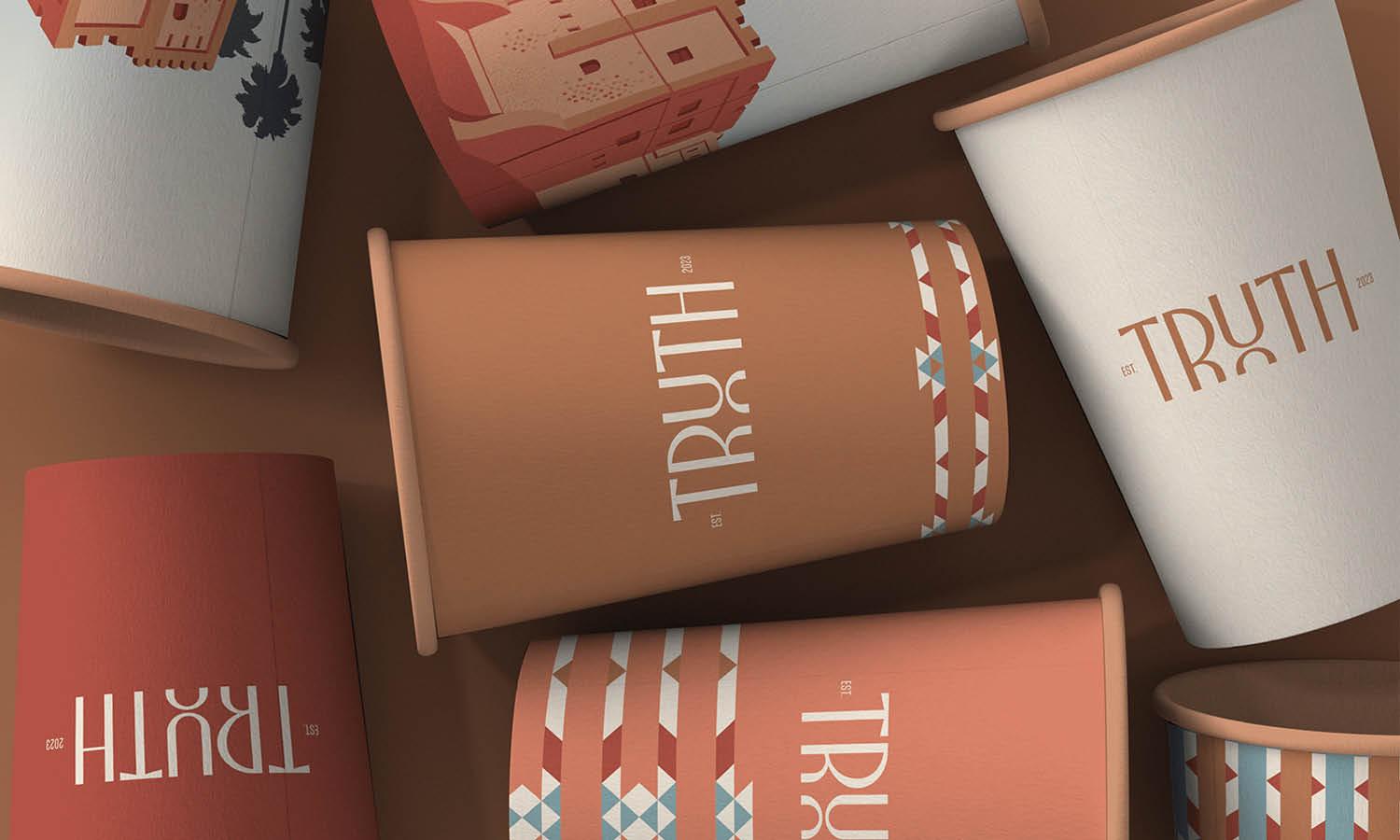
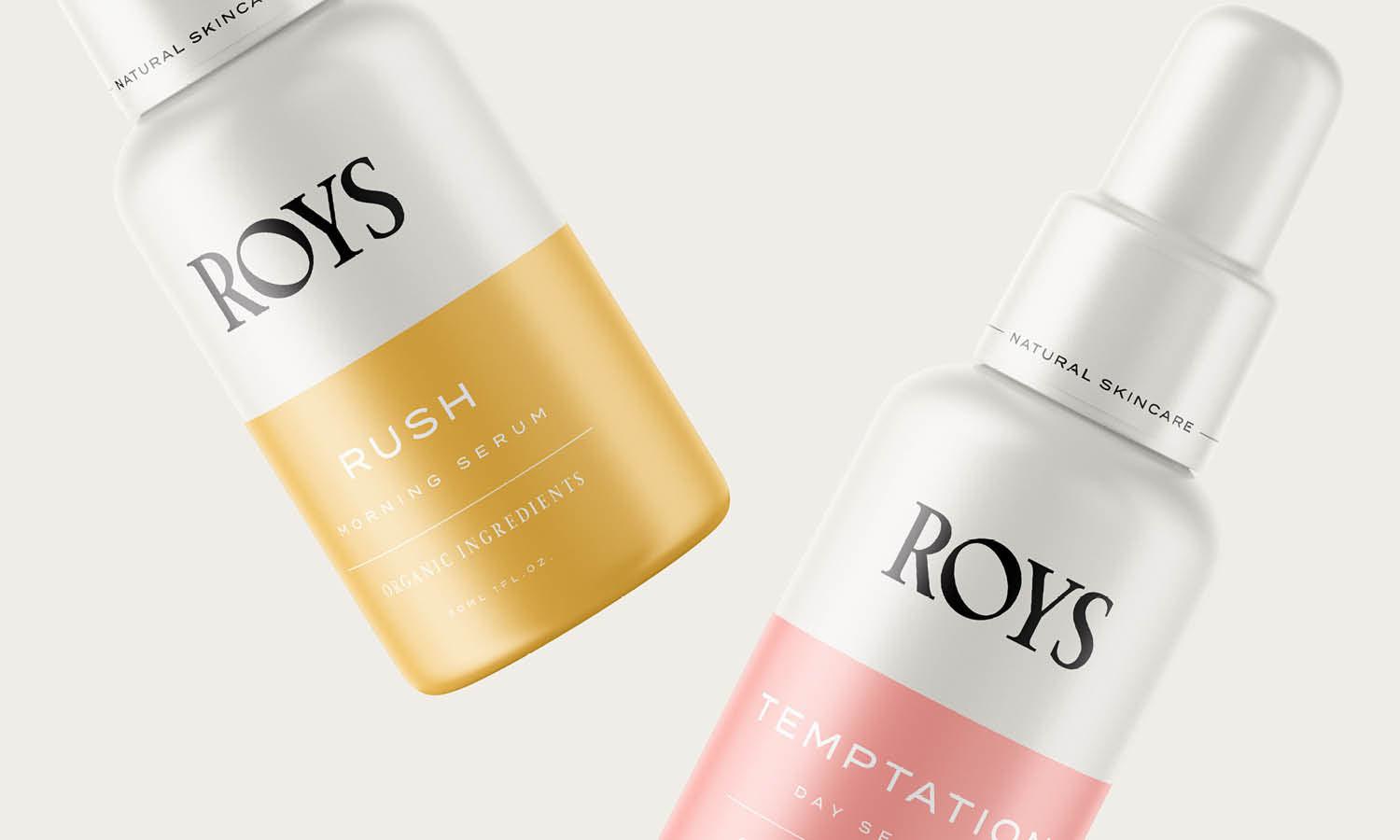
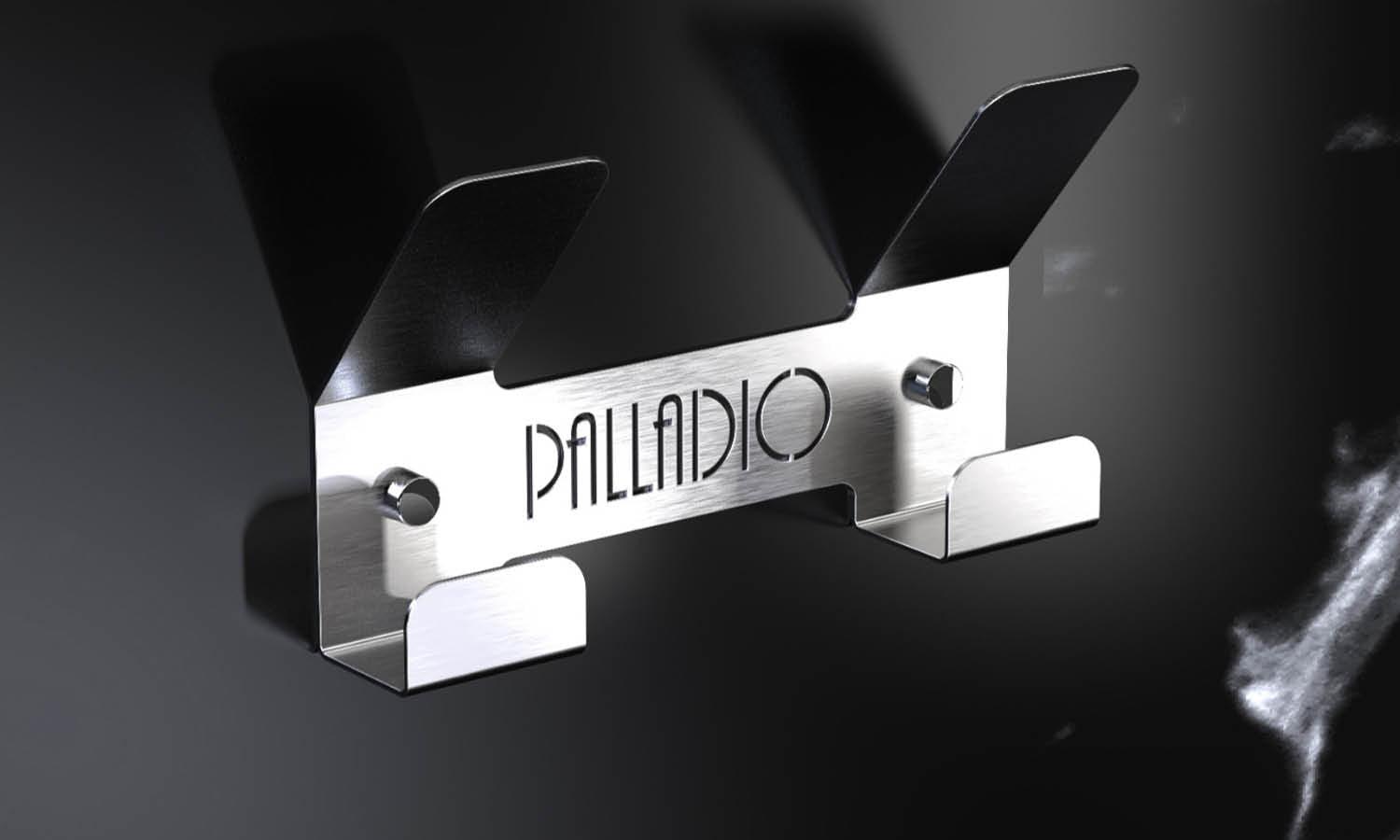

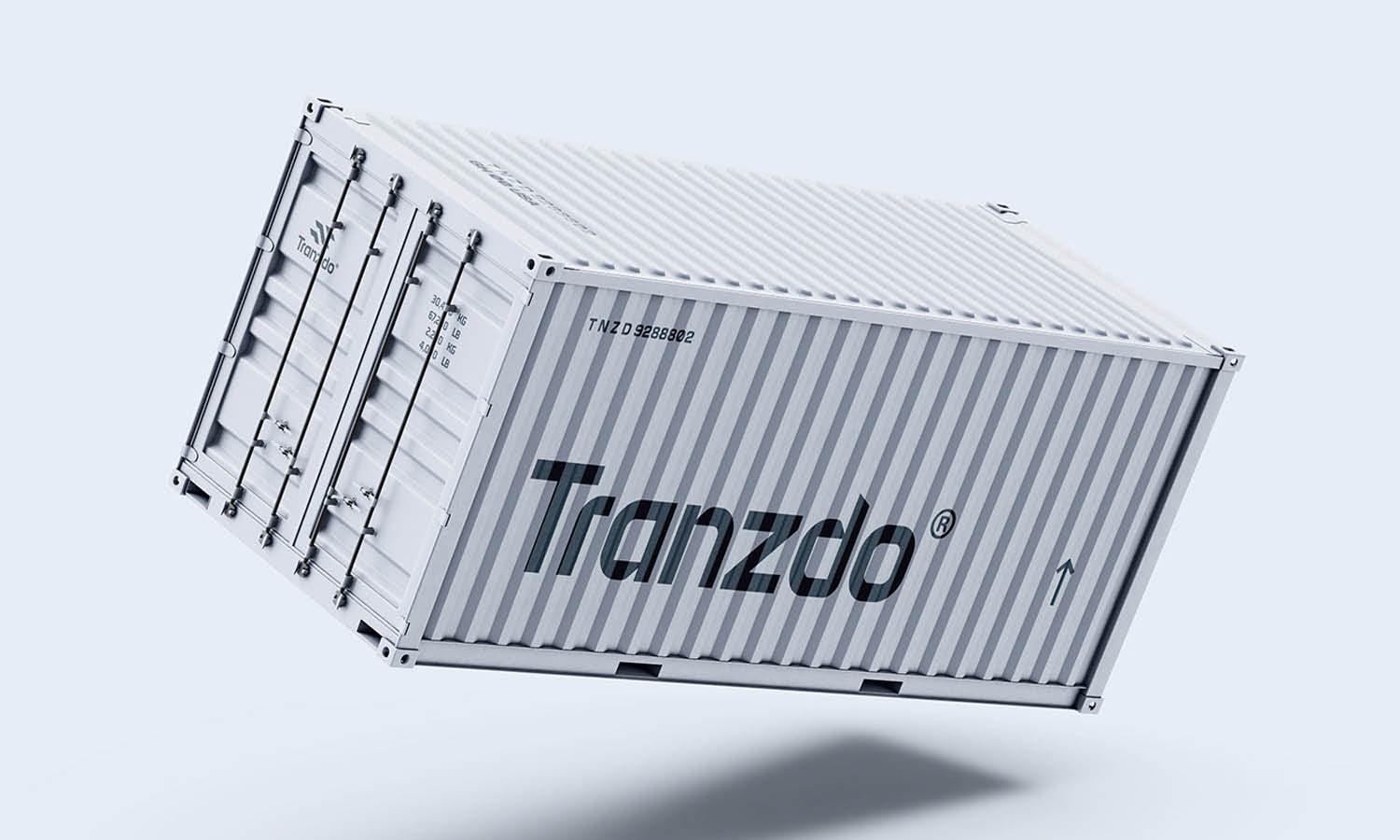
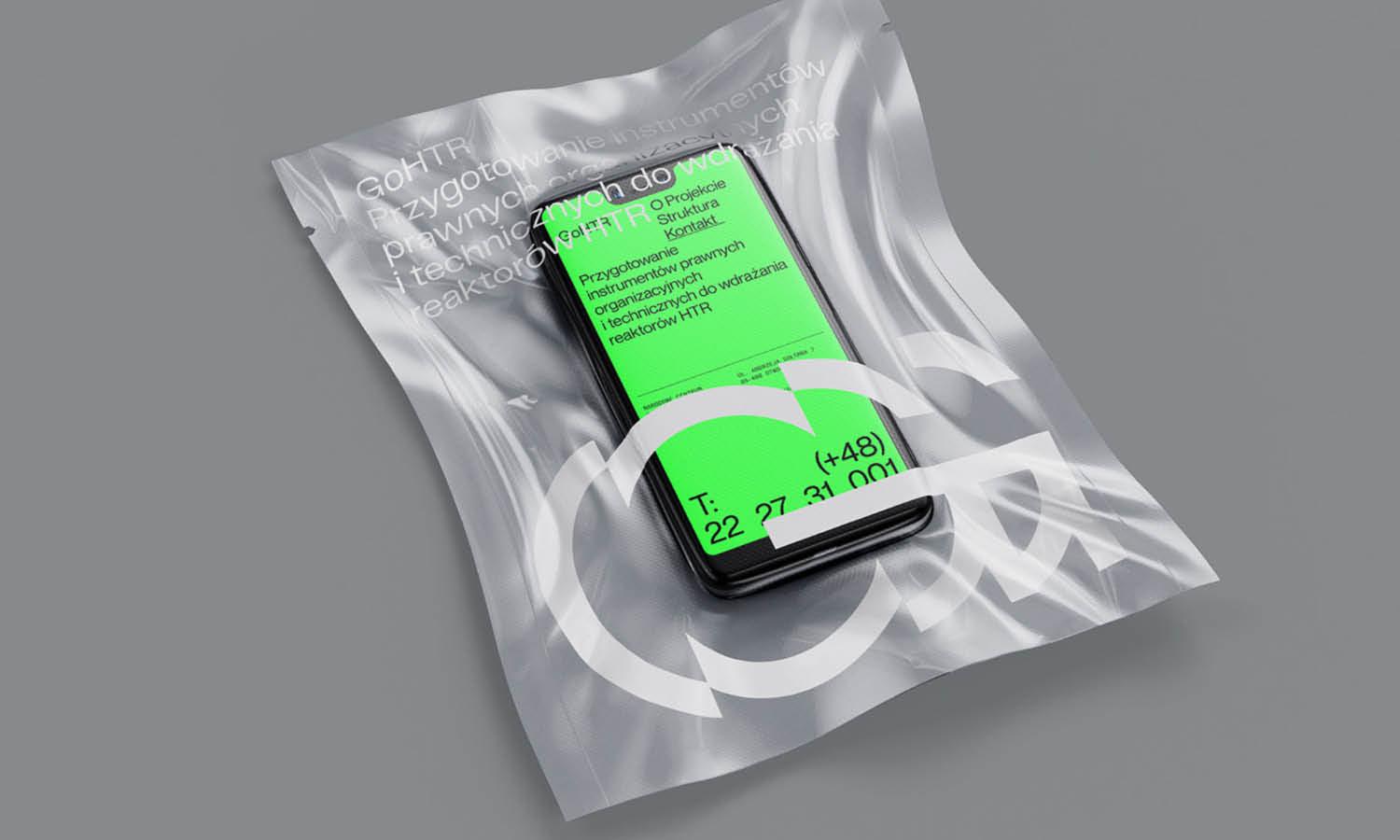








Leave a Comment